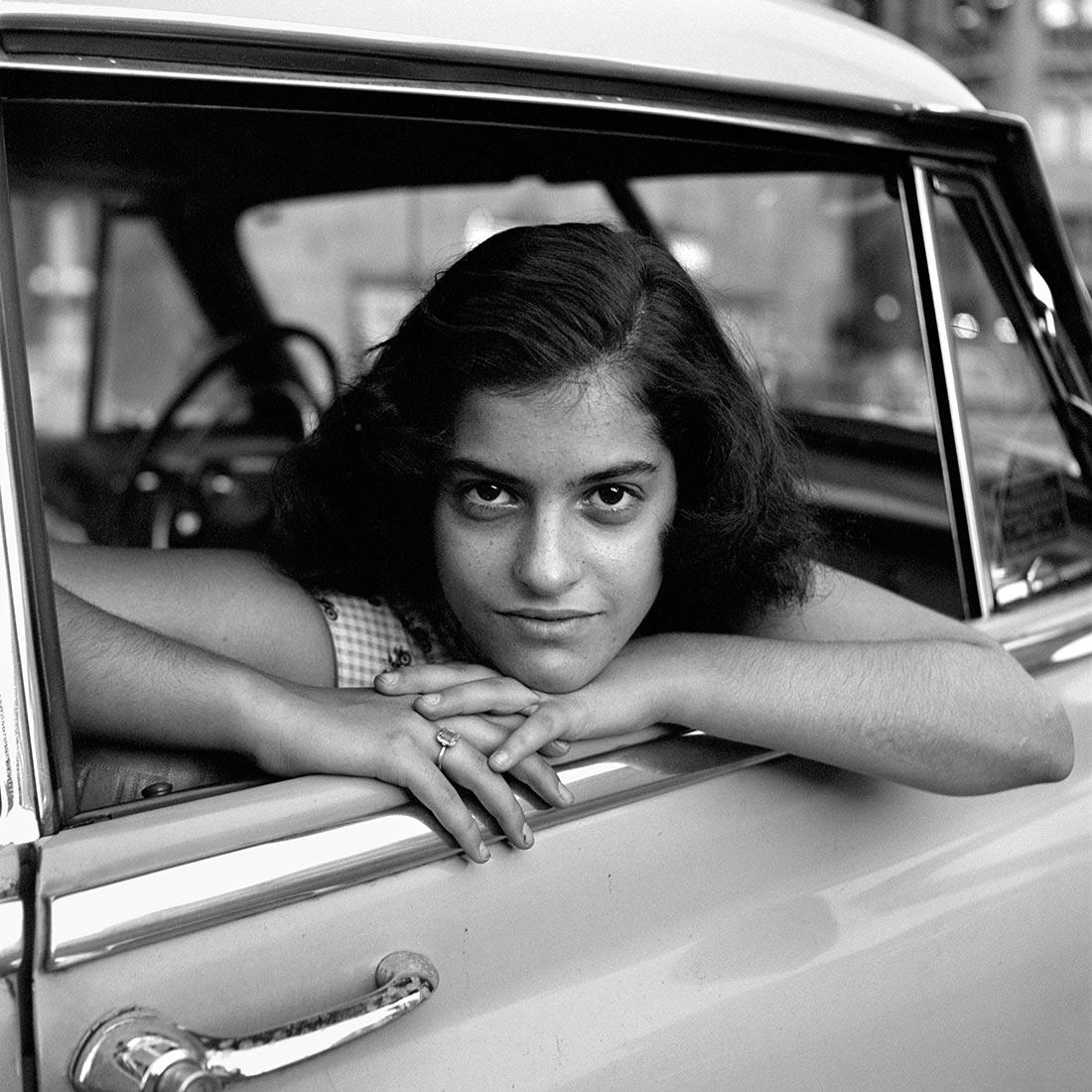I inherited a large trunkful of (mostly) vintage 1940s thru 1970s Kodachrome slide images from my Auntie. A couple things I’d like to do, with an eye towards conveniently viewing them, is purchase a “slide 'n scan” device to transfer them to digital .JPEG. What is the most convenient way to do this? There are probably a couple thousand to go through.
I understand this is not the place for legal advice.
I’ve noticed that certain slide images have a certain collectable value. Sometimes a little, sometimes moreso. I’m not under any illusions that these images are worth a great sum of money - but then, I’m not entirely sure either. I could easily sell the entire lot as a pig in a poke for maybe a couple hundred dollars. Better than a kick in the pants, I guess.
But in the slides I’ve gone through, I can’t help but think that maybe I might have something here. Or at least, I should investigate a bit further. The reason I say this, is she was an inveterate world traveler. An English professor, she enjoyed classical history and literature, as one might imagine. Never married, she had the income to enjoy cruise’s on the Queen Mary, and lots of extensive air travel to Europe, the Middle East, Soviet Union, and other then-exotic locales on sabbatical.
She also importantly seemed to really know her stuff when it came to photography. These most definitely are not typical birthday photos of overexposed, out of focus guests with their heads cutoff and other amateur errors. Virtually every pic looks very well composed and framed, properly exposed, good focus and the rest of it. They look like vintage magazine cover shots. And the colors are rich and vibrant, and then the subject matter - many touristy famous places - Greece, rural English countryside, Spain, France, Mexico, etc, famous cathedrals.
Even toyed with the idea of maybe submitting them to Shutterstock or similar, maybe there is some value to them that way? The worst they can say is “No, we’re not interested”, right? But I’m a little unclear on the concept of copyright with these. She is long dead, and I “own” the slides, the physical objects. Is this something to be concerned about in this type of arrangement where images are licensed through third parties?
Yeah, I get it - the likelihood of valuable slides is remote, but I have seen certain vintage slides realize several hundred dollars a piece at auction.
